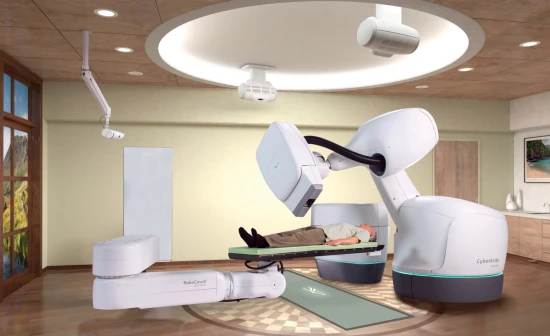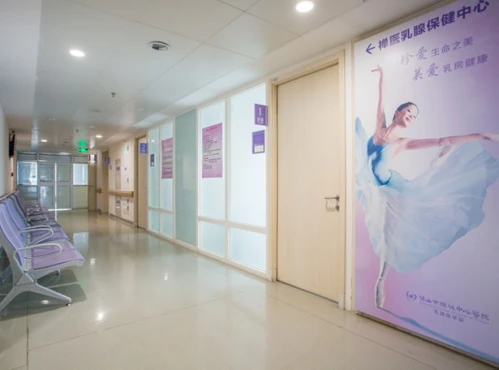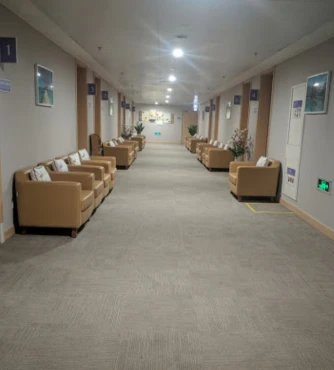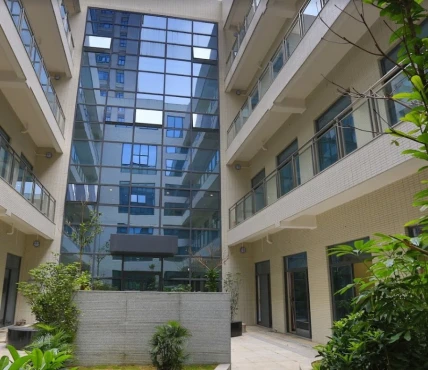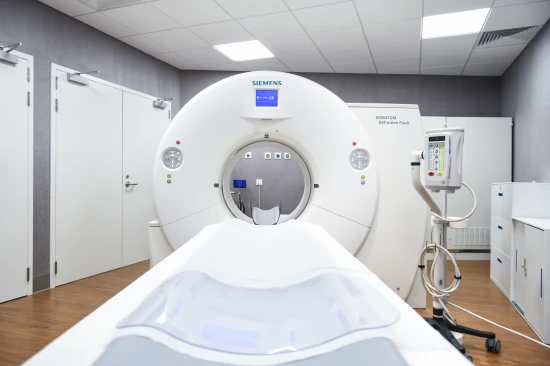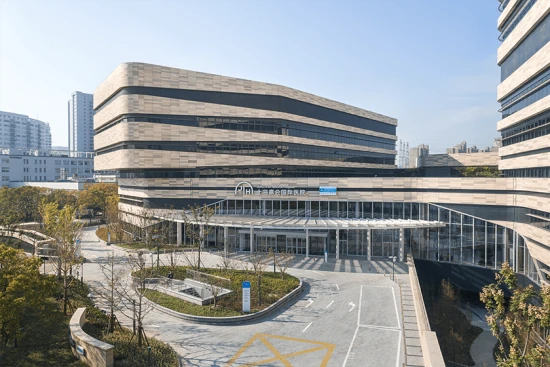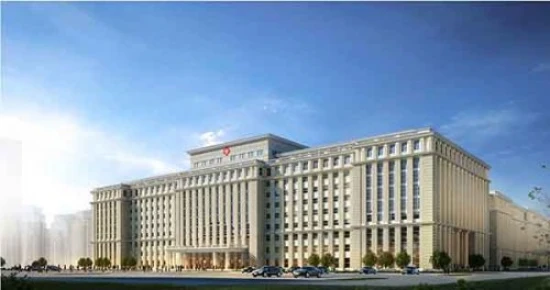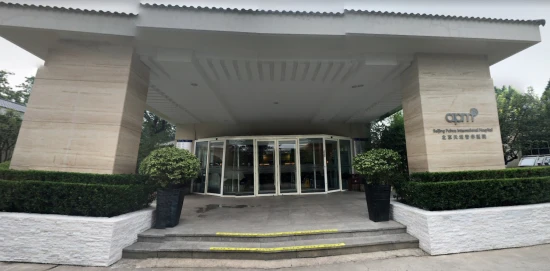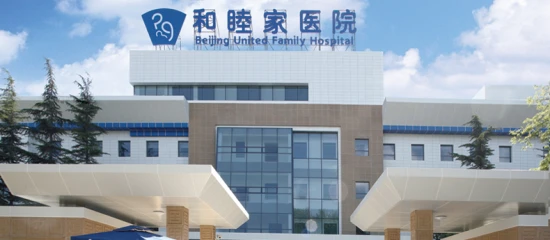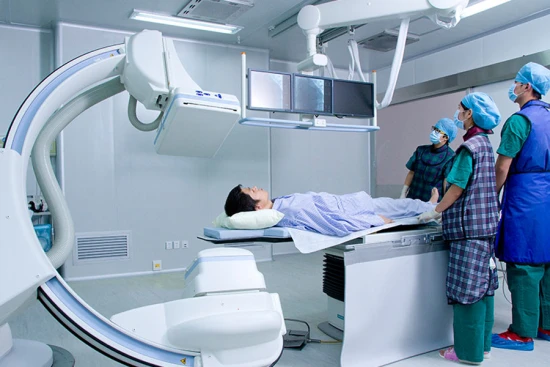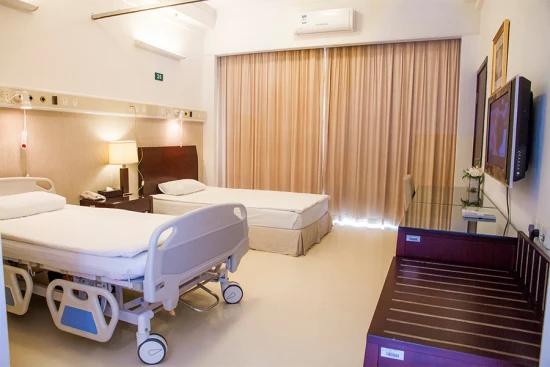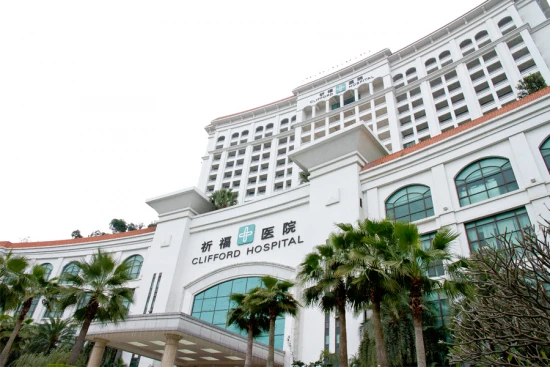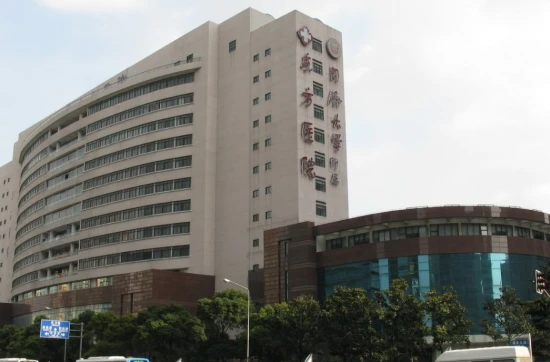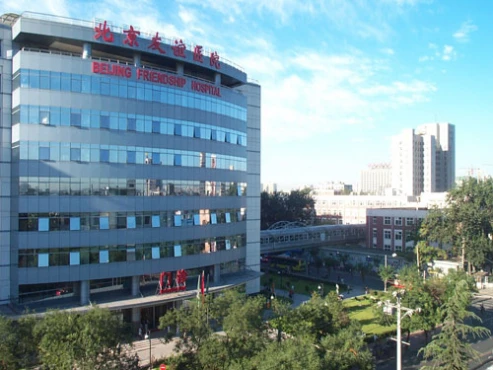Coronary catheterization in 3 Cardiac surgery clinics in China
3 clinics specializing in Cardiac surgery providing
Coronary catheterization
Coronary catheterization, also known as cardiac catheterization, is a diagnostic procedure in which a catheter is inserted into the heart through an artery or vein to examine the blood vessels, chambers, and valves and diagnose heart conditions.
Read more...
procedure in China.
Sorted by:
Relevance
Rating
Cost of procedures
Relevance
Prices for selected procedures, total:
≈ $6,320
Prices for popular procedures:

Foshan, China
Specializations: Cardiac surgery, Vascular surgery, Thoracic surgery, Neurosurgery, Spine surgery, Orthopedic surgery, Oncology
Foshan Fosun Chancheng Hospital (formerly Foshan Chancheng Central Hospital, referred to as "Foshan Chan Doctor"), established in 1958, is located in the center of the
read more
Prices for selected procedures, total:
≈ $6,320
Prices for popular procedures:
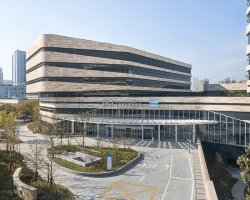
Shanghai, China
Specializations: Cardiac surgery, Vascular surgery, Thoracic surgery, Neurosurgery, Spine surgery, Orthopedic surgery, Oncology
Jiahui International Hospital is the first foreign-funded tertiary general hospital in China. Located in downtown Shanghai's Xuhui District, the hospital opened to the public in
read more
Prices for selected procedures, total:
≈ $6,320
Prices for popular procedures:
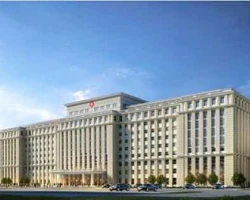
Wuhu, China
Specializations: Cardiac surgery, Vascular surgery, Thoracic surgery, Neurosurgery, Spine surgery, Orthopedic surgery, Oncology
Wuhu conch hospital is a large-scale comprehensive non-profit hospital invested by Anhui Conch Venture Capital Co., Ltd. In order to promote the development of social
read more
5 nearby similar clinics in China
Perhaps you should consider 5 more clinics we have found nearby basing on your Location, Procedure filters applied.
Prices for popular procedures:

Beijing, China
Specializations: Cardiac surgery, Thoracic surgery, Neurosurgery, Spine surgery, Orthopedic surgery, Oncology
Languages: English
Beijing Puhua International Hospital (BPIH) has been delivering international-standard healthcare from Beijing, China since 1995. Since that time, BPIH has kept its lead in Beijing,
read more
Prices for popular procedures:
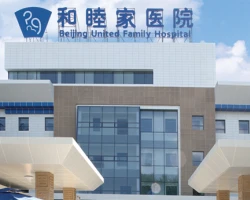
Beijing, China
Specializations: Cardiac surgery, Vascular surgery, Thoracic surgery, Neurosurgery, Spine surgery, Orthopedic surgery, Oncology
Languages: Arabic, Danish, Dutch, English, French, German, Italian, Japanese, Korean, Polish, Portuguese, Russian, Thai, Spanish; Castilian, Chinese, Persian
United Family Healthcare is a pioneering, international-standard health system providing comprehensive, integrated healthcare in a uniquely warm, caring, patient service-oriented environment.
read more
Prices for popular procedures:

Guangzhou, China
Specializations: Cardiac surgery, Vascular surgery, Thoracic surgery, Neurosurgery, Spine surgery, Orthopedic surgery, Oncology
Languages: Arabic, English, French, Indonesian, Japanese, Korean, Russian
Founded in 2001, Clifford Hospital covers an area of 90,000 square meters, with a capacity of 650 licensed inpatient beds. The hospital serves 3000 outpatient
read more
Prices for popular procedures:

Shanghai, China
Specializations: Cardiac surgery, Vascular surgery, Thoracic surgery, Neurosurgery, Spine surgery, Orthopedic surgery, Oncology
Languages: English, German, Japanese, Chinese
Shanghai East International Medical Center (SEIMC) is a joint-venture general hospital in Shanghai’s Lujiazui Financial District. Established in 2004, SEIMC has been providing quality 24-hour
read more
Prices for popular procedures:
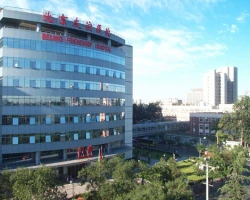
Beijing, China
Specializations: Cardiac surgery, Vascular surgery, Thoracic surgery, Neurosurgery, Spine surgery, Orthopedic surgery, Oncology
Languages: Chinese
Our hospital covers an area of over 94,000 square metres. The new building for outpatient and emergency treatment under construction has 52,000 square metres. After
read more
Procedure price distribution in China
Coronary catheterization:
$6,362
This price found in China, Foshan
$6,362
This price found in China, Foshan
Minimum Average Maximum
Procedure prices in popular countries:
Coronary catheterization:
Israel
$2.0 K - 21.2 K
in
13 clinics
Turkey
$2.0 K - 2.0 K
in
16 clinics
Germany
$6.1 K - 6.1 K
in
26 clinics
China
$6.4 K - 6.4 K
in
3 clinics
United States
$9.5 K - 20.1 K
in
7 clinics
Countries with the highest number of clinics offering the procedures treatment:
Coronary catheterization:
worldwide
489 clinics
Brazil
34 clinics
India
31 clinics
Germany
26 clinics
Mexico
25 clinics
Australia
22 clinics
Clinics grouping by rating
Clinic with the highest rating of 4.8 — Foshan Chancheng Central Hospital in Foshan, China, clinic with the most reviews number of 12 — Jiahui International Hospital in Shanghai, China.
With rating 4.0 and over — 2 clinics .
